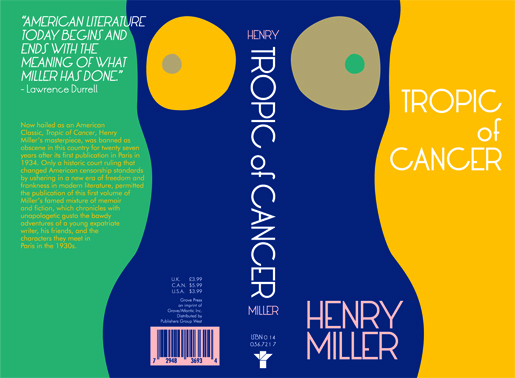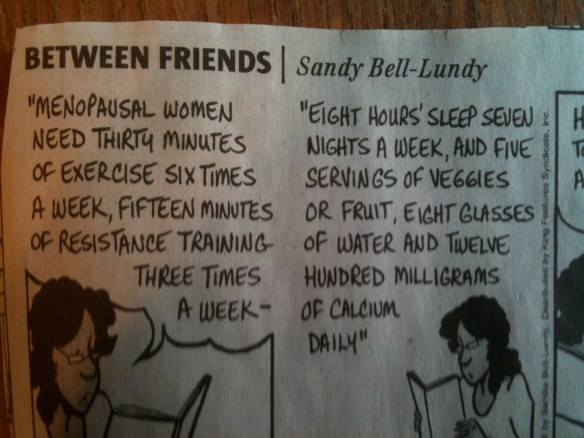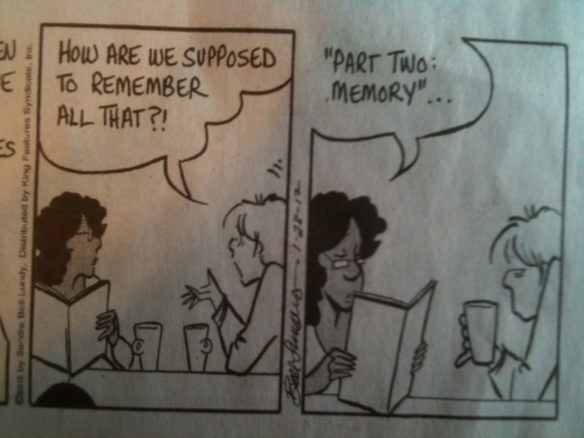“You’ve got some nerve,” the radiologist said to me, when it became clear that the three deep injections of painkillers were not enough to keep the nerve impacted by my bulging cervical disc from reacting to the latest onslaught of steroids.
Nerves have been on my mind this week and last, not just because of my most recent bout of nerve warfare, but also because chutzpah and cajones have been in the air and in the news.
Ira Glass thinks Mike Daisey had some nerve fabricating material for a story he performed about harsh conditions at Apple factories in China, which aired on This American Life. In an on-air retraction, Glass expressed disappointment that Daisey lacked the nerve to fully admit he had lied.
I admit, Naomi Wolf‘s story in The Guardian, in which she accused private school elites of taking down America, touched a nerve because we are contemplating sending one of our daughters to private school and, after years of being an active public school supporter, I feel guilty about abandoning the cause and worry about being stereotyped and judged. But her sensationalism and breezy, “I’m in Ecuador, so I can’t fully respond to your comments” tone, as well as the lack of disclosure about where her kids go to school, got on my nerves.
People have told me they would have been unnerved at the prospect of telling a story on a stage in front of a group of people, as several fellow writers and I did last week, or serving as auction MC for our beloved public elementary school, as I did for the sixth and final time, last Saturday night. Our beleaguered School Board president attended the auction. I thanked him for having the nerve to fight for public education, in spite of seemingly insurmountable obstacles.
Daughter #2 has admitted she is nervous about attending a new school next year, where she won’t know a soul. But she and six of her classmates exhibited nerves of steel when they competed in the city-wide finals of the Seattle Public Library’s Global Reading Challenge and emerged victorious. Why is funding for our public schools and our public libraries so often in jeopardy?
It takes some nerve, commented a reader of an article I saw posted on Facebook by an organization promoting the “rational middle” in the debate over education reform, to insinuate that people like him are extremist because they don’t agree.
The nerve of those two mommy writers, who exploited their kids by sharing stories about them, people said this week. I read one of the stories, a tongue-in-cheek account in which the mother admitted to being more upset than her daughter over the daughter’s breakup with a boyfriend. It’s the kind of story I might have written (though you can bet I’d check with my daughter first), and I thought it was funny and sort of sweet. But a lot of people apparently thought that mother crossed the line.
I won’t apologize for the other mother, who wrote a much maligned piece in Vogue, which I haven’t read, about putting her seven-year-old daughter on a diet. In addition to the criticism, she got a book deal.
Even French Women Who Don’t Get Fat might exclaim, “Quel culot!”
Amanda Hesser told her audience at Seattle Arts and Lectures that the cookbook is dead. (Funny, tonight I’m making Broccoli Rabe, Potato and Rosemary pizza from her Food 52 cookbook).
Finally, we are contemplating getting a dog. I don’t need to tell you how this might make our two beloved cats feel.
The nerve in my neck is on edge this week and I’m slowly becoming resigned to the fact that this is a chronic problem that I will just have to manage.
I can’t speak for other people whose nerves need calming, but I feel fortunate that a good roast chicken has charms that soothe the savage breast and neck.
Though Paula Wolfert, one of my favorite cookbook authors, thinks it’s nervy of Mourad Lahlou to tamper with traditional renditions of Moroccan recipes, she might change her mind after tasting his marriage of roast chicken and chicken tagine with preserved lemons and olives from his cookbook, Mourad New Moroccan.
Here’s the recipe, which was posted on Martha Stewart’s website and includes a video of Mourad and Martha cooking together. (Did you know there is no twine in Morocco? Watch how Mourad trusses a chicken. I will never improvise again).
I hope it thrills you all the way to your nerve endings.
Roast Chicken, Preserved Lemons, Root Vegetables
One note: I compared the recipe Martha posted with the one in the book. They appear to be the same, with one notable exception. Mourad recommends adding 12 Spiced Prunes to the pan for the final 15-20 minutes of roasting. The link will take you back to Martha’s site, where she posted Mourad’s Spiced Prune recipe separately from the chicken recipe. A warning: she omits the 1 cup of water, which should be added when you boil the prunes and flavorings.
Related articles
- Mike Daisey’s Gravest Sin (thedailybeast.com)
- and this musing on nerve






























